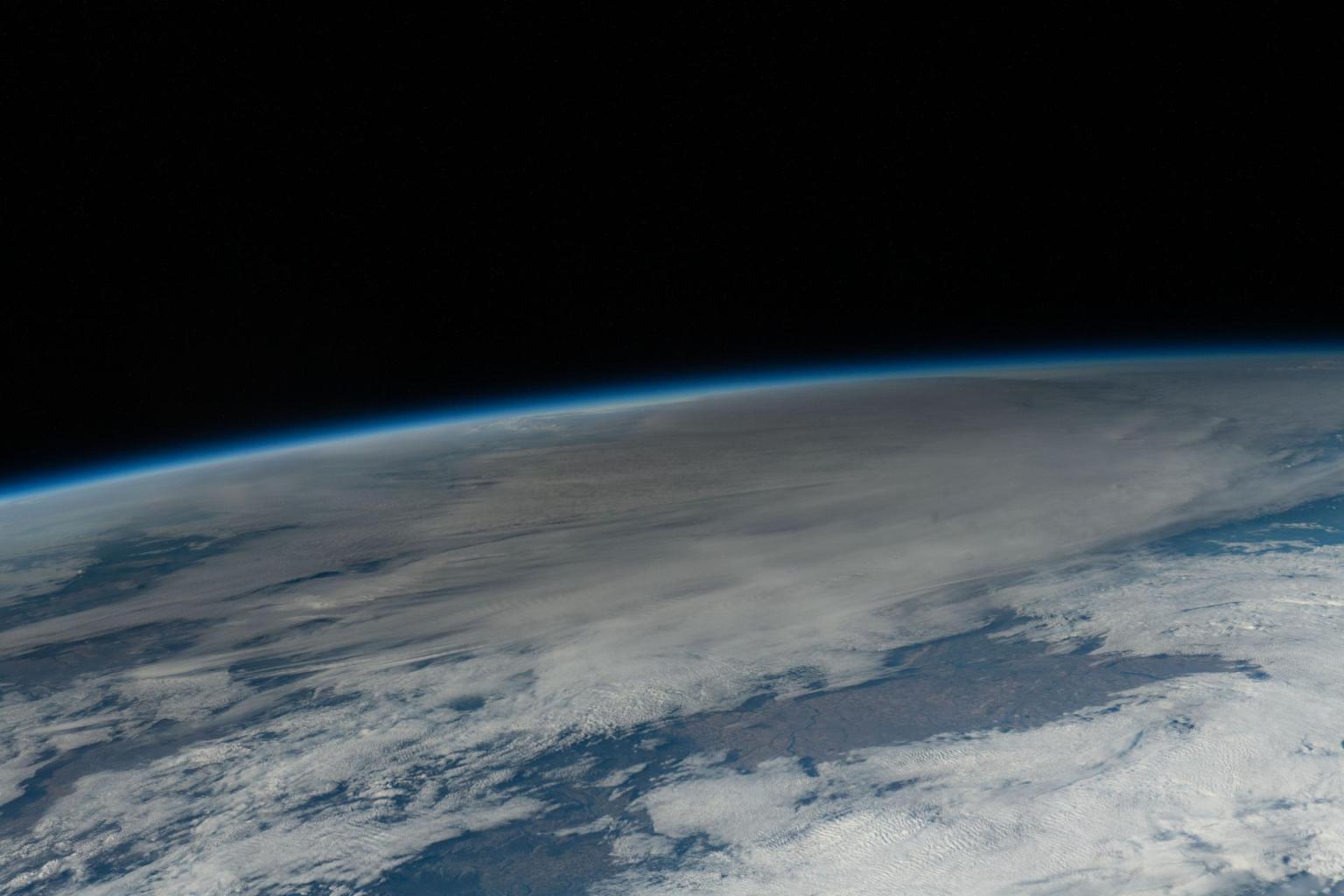
Student teams from three U.S. universities became the first to measure what scientists have long predicted: eclipses can generate ripples in Earth's atmosphere called atmospheric gravity waves. The waves' telltale signature emerged in data captured during the North American annular solar eclipse on Oct. 14, 2023, as part of the Nationwide Eclipse Ballooning Project (NEBP) sponsored by NASA.
Through NEBP, high school and university student teams were stationed along the eclipse path through multiple U.S. states, where they released weather balloons carrying instrument packages designed to conduct engineering studies or atmospheric science. A cluster of science teams located in New Mexico collected the data definitively linking the eclipse to the formation of atmospheric gravity waves, a finding that could lead to improved weather forecasting.






